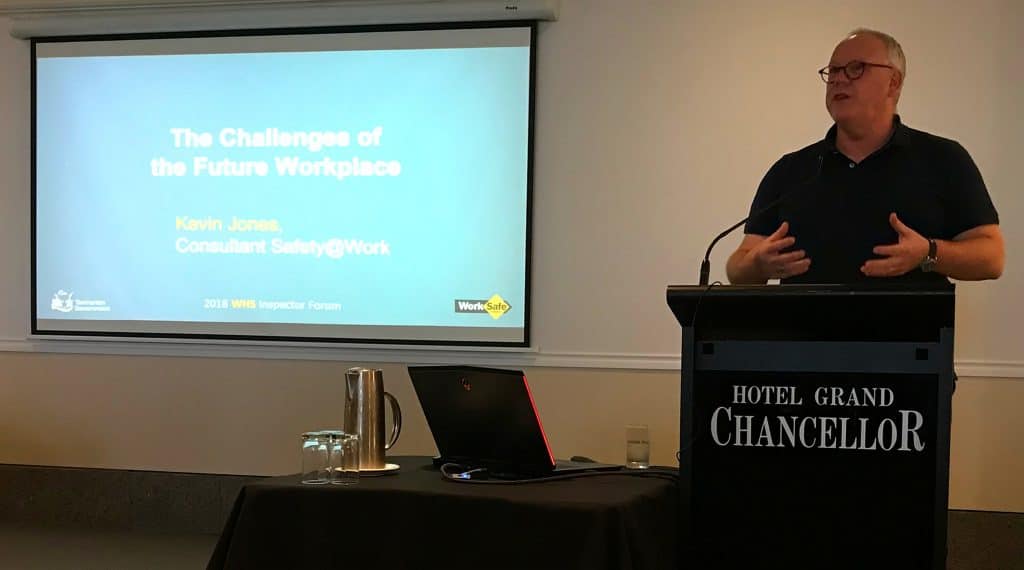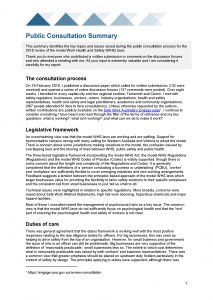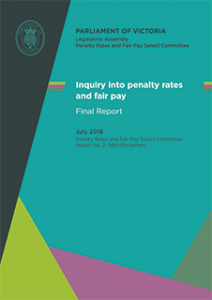 One of the Commissioners of Australia’s Productivity Commission (PC), Julie Abramson, spoke briefly at a lunchtime seminar on Mental Health and the Economy, hosted by the Committee for Economic Development of Australia. It is very early in the PC’s inquiry into the role of improving mental health but Abramson was able to provide some draft timelines.
One of the Commissioners of Australia’s Productivity Commission (PC), Julie Abramson, spoke briefly at a lunchtime seminar on Mental Health and the Economy, hosted by the Committee for Economic Development of Australia. It is very early in the PC’s inquiry into the role of improving mental health but Abramson was able to provide some draft timelines.
Abramson told the audience that the Presiding Commissioner on this inquiry

 Some readers have asked for more information about the “Share Solutions” program mentioned in a previous article. The initiative started in 1988 but this article is based on the second edition from 1995.
Some readers have asked for more information about the “Share Solutions” program mentioned in a previous article. The initiative started in 1988 but this article is based on the second edition from 1995.
 It is difficult to make a book about occupational health and safety (OHS) law interesting. Some try with creative design but the most successful is when laws are interpreted into real world circumstances. Thankfully
It is difficult to make a book about occupational health and safety (OHS) law interesting. Some try with creative design but the most successful is when laws are interpreted into real world circumstances. Thankfully  In September 2018 Australia commenced
In September 2018 Australia commenced  The Independent
The Independent  Australia currently has a lot of official inquiries into workplace issues that affect the occupational health and safety (OHS) of workers. It is almost impossible to keep up with them and, as a result, some important voices are being missed, but even if they spoke, there is a strong chance they will not be listened to. The Victorian Government has released the final report of the Inquiry into Penalty Rates and Fair Pay. There are two overt mentions of OHS that don’t seem to go anywhere.
Australia currently has a lot of official inquiries into workplace issues that affect the occupational health and safety (OHS) of workers. It is almost impossible to keep up with them and, as a result, some important voices are being missed, but even if they spoke, there is a strong chance they will not be listened to. The Victorian Government has released the final report of the Inquiry into Penalty Rates and Fair Pay. There are two overt mentions of OHS that don’t seem to go anywhere.